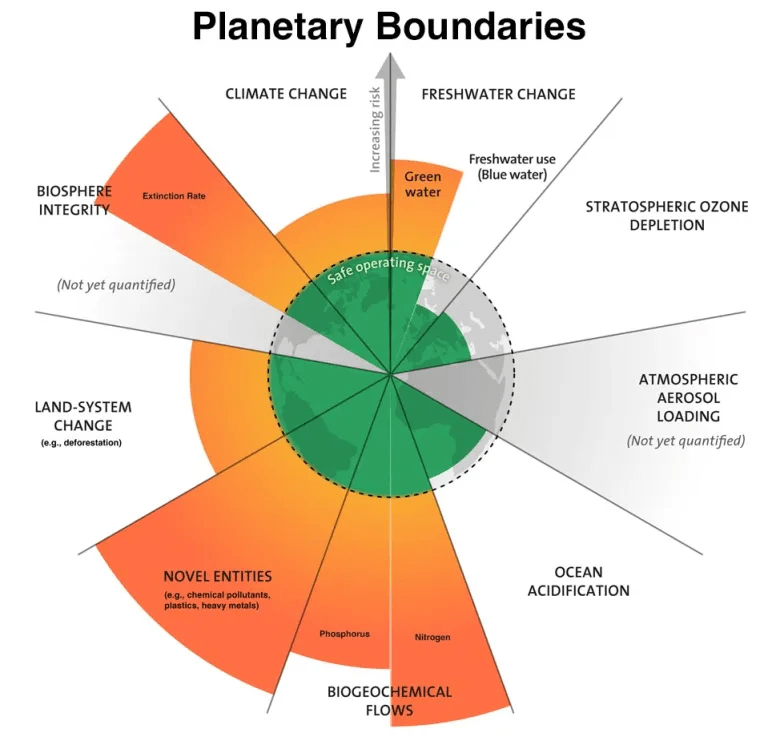Tesla stands at the forefront of the electric vehicle revolution, celebrated for its significant role in reducing carbon emissions through clean energy products. While its electric vehicles (EVs) and renewable energy solutions represent a transformative step towards sustainability, the environmental footprint of the production process, particularly in battery manufacturing, raises important concerns. This article explores Tesla’s dual commitment to innovation and sustainability, examining its efforts to mitigate the environmental impacts of its manufacturing processes while enhancing its contributions to a greener future.





